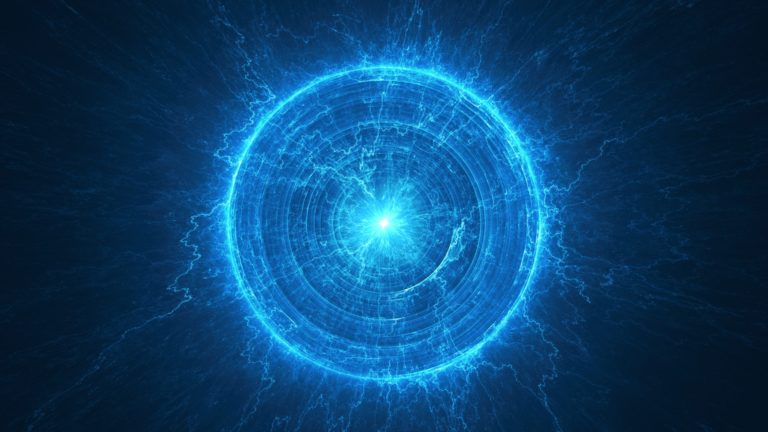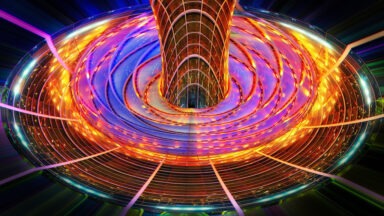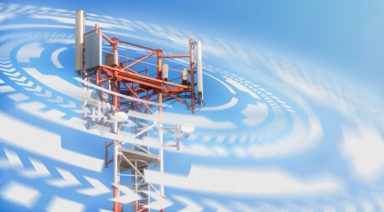Scientists Successfully Create Brain Interface That Improves Memory

Cognitive-boosting prosthetics are quickly becoming a reality as doctors are seeing success with a neural interface that improves memory function by stimulating electrodes implanted in the brain.
This “closed-loop hippocampal neural prosthesis” has moved from testing on rodents, to actual human application with positive results. The device works by sending electrical signals from an apparatus outside the body to electrodes internally connected to the hippocampus, a seahorse-shaped part of the brain that plays a major role in memory.
Researchers involved in the program describe their approach as aiming to use patient’s own neural codes for memory through a closed-loop system in which electrical signals are exchanged instantaneously.
Patients using the system showed a 37 percent improvement in short term memory tests. Scientists were even more surprised to find that long-term memory of 30 to 60 minute intervals had also improved by a similar 35 percent.
But these electrical zaps weren’t just random stimulation. Researchers carefully recorded where and when specific regions of the patients’ brains reacted when performing tasks involving the use of memory, and carefully tailored electrical pulses to induce a similar response.

The team originally tested their method on brain tissue, before moving on to rodents, and then monkeys. Now, with their success in humans, they will continue to develop the technology in hopes of someday having a fully implantable apparatus to boost cognitive function.
One of the members of the team touted memory as being part and parcel of one’s personality. Our collection of memories in life certainly play an important role in individuality allowing us to recall experiences that shape our lives.
The team hopes this technology could one day help restore memory function to those affected by drugs, disease, and brain injury.
Their success in memory enhancement comes at a time when interest in cognitive boosting technology is piquing. A number of scientists have been working on mapping out the brains’ neurological connections in hope of developing computer-brain interfaces for superhuman neurological function.
Elon Musk is currently invested in a project called Neuralink, a neural mesh laid over the brain, merging AI with human cognition. Musk says the concept would ideally improve the speed of connection between the brain and one’s digital self, focusing particularly on output.
With the recent success of this closed-loop hippocampal prosthesis, it wouldn’t be too far-fetched to expect some investment from Silicon Valley in the future.
Achieving Unlimited Free Energy

Free Energy
What if we could harness an energy source that provided free unlimited energy? An energy source that is pervasive throughout the universe and all around us, like a sea of energy. The answer to this might be Zero Point Energy (ZPE). ZPE is thought to be the quantum energy that exists in what we see as empty space from electromagnetic waves. To give an idea of this type of energy’s potential, one cup of ZPE would be enough to evaporate all the water in Earth’s oceans.
Originally, it was believed that at absolute zero, also known as the vacuum state, all subatomic movement stopped. However, scientists found that, in fact, there is movement and extensive amounts of energy, which is referred to as zero-point energy.
The theory of ZPE and whether it can be harnessed to produce energy has been an ongoing point of contention. But ZPE’s existence has been proven, and to hopeful scientists it has the potential to be a viable power source. Skeptics brush it off as being either non-existent or impossible to attain as an energy source. But Dr. Garret Moddel from the University of Colorado at Boulder, recently patented a prototype to harness ZPE.
Casimir Cavity
Moddel’s method relies on what is referred to as a Casimir cavity for harvesting ZPE. The ZPE field is close to an absolute minimum energy field where electromagnetic fluctuations force particles to pop in and out of existence.
The Casimir cavity, consisting of two plates held very closely together with an electromagnetic field separating them, creates an even lower field restraining the atomic particles from these electromagnetic fluctuations which subsequently release energy that can be harnessed. The atoms then travel out of the cavity and become reenergized by the universal quantum vacuum, which exists everywhere, allowing for an unlimited power source. And although this may sound fantastical, it is theoretically possible.






































